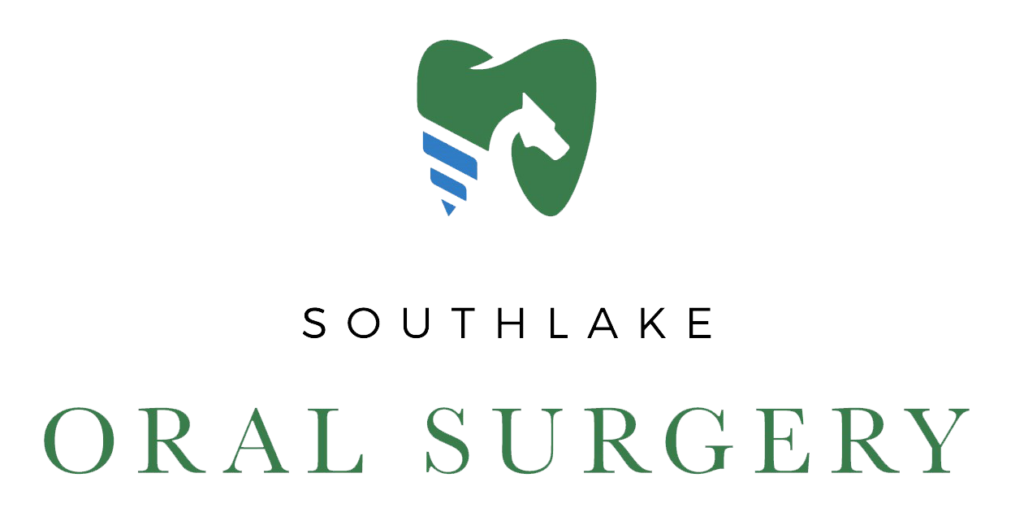Sinus Lift Surgery
Situated behind your cheeks and above the upper teeth, the maxillary sinuses are air-filled spaces. These sinuses have a direct relationship with the natural upper teeth, as some of their roots extend into the maxillary sinuses. Following the extraction of these upper teeth, there is often only a thin bone wall separating the maxillary sinus and the oral cavity. The successful placement of dental implants relies on an adequate quantity and quality of jawbone. In cases where the sinus wall is exceptionally thin, accommodating dental implants in this bone becomes impractical.
The crucial factor for a durable and successful dental implant is the condition of the jawbone to which it will be affixed. If bone loss occurs due to injury or periodontal disease, a sinus lift surgery can be performed to elevate the sinus floor and facilitate the formation of new bone. Among the most common bone grafting procedures for individuals with bone loss in the upper jaw, a sinus lift surgery aims to promote bone growth in the floor of the maxillary sinus above the bony ridge of the gum line that supports the upper teeth. Strengthening and augmenting bone in this region enable the secure placement of dental implants within the newly formed bone structure.
Determining if You're a Candidate
If you answer yes to any of the following questions, a sinus lift surgery may be necessary:
- Do you have multiple missing teeth in the posterior part of your jaw?
- Are your missing teeth a result of a congenital defect or condition?
- Are you experiencing substantial bone loss in the posterior part of your jaw?
- Do you lack most of your maxillary teeth and require additional support for dental implants?
Sinus Lift Procedure
In the typical sinus augmentation procedure, a small incision is made in the premolar or molar region to expose the jawbone. A small opening is then created in the bone, and the sinus membrane is gently lifted. The resulting space is filled with bone grafting material, sourced either from the patient’s body, a donor, or synthetic materials mimicking bone formation. Following the implantation of the bone, the incision is sutured, initiating the healing process. After several months of healing, the transplanted bone becomes an integral part of the patient’s jaw, allowing for the insertion and stabilization of dental implants within this new sinus bone. In cases where there is ample bone between the upper jaw ridge and the bottom of the sinus to securely support the implant, sinus augmentations and implant placement can be combined into a single procedure.
